When to apply Pre Emergent and how often should I fertilize my lawn?
mahtab93
9 years ago
Featured Answer
Sort by:Oldest
Comments (11)
mahtab93
9 years agoRelated Discussions
Pre-emergent Advice on damaged lawn
Comments (4)Have you investigated the many factors involved in what is called Centipedegrass Decline? It would be worth your time to investigate. Improper fertilization, watering problems, soil pH, herbicides, and other abiotic factors can all contribute to Centipedegrass Decline. The first thing that comes to my mind, however, when reading your post is nematodes. When I lived in Beaufort County, the issues with several species of nematodes were becoming very serious. We tried to convince people to stay away from Centipedegrass because of it. Homeowners don't have the arsenal of nematicides available to them that golfcourses do. If you haven't already done so, check with your local Clemson Extension office for advice about how and when to collect soil for proper nematode assay. I know that I haven't addressed your herbicide question, but unless the cause of the problem with your grass is resolved, you'll always have a terrible stand of grass. Clemson can also be very helpful with recommednations for weed control, too. Ask to speak to an agent who specializes in turf, rather than a master gardener volunteer....See MoreToo late to apply pre-emergence (CGM)?
Comments (4)I didn't notice it was CGM. I agree with TW on that. I used 20 pounds per 1,000 square feet 8 times last season and never noticed a difference in weeds. I mean, how much do you have to use to get the effect? I was doing it to fertilize anyway. It is the best organic fertilizer I know of....See MorePre-emergent, Broadleaf, and Fertilizer for Lawns
Comments (5)Atrazine is used as a post emergent- when weeds are actively growing. A pre emergent is used to stop weed seeds from sprouting. A pre emergent can be very effective when applied in the Fall and again in the Spring. Night time temperatures of 50 to 55 start weed seed germination which means don't count on web site advice. Time applications by actual temperatures on your own property. Results can be slow to show but after two years you will notice a big difference. This link explains the different types of weeds and their life cycles for Florida. The article has a good list of which products to use on what and when to apply. I have printed this out and refer to it quite often during the year. Here is a link that might be useful: Weed Management in Home Lawns...See MoreWhat+when should I lay down pre emergent, when to fill bare spots
Comments (5)Taking care of your own lawn will result in a nicer lawn that you have confidence in. You'll know what's going on and why. Also you won't waste resources or damage your environment. Sod is a good idea in the spring. When you seed in the spring you get a lot of weeds coming in with the new grass. Further, new spring grass does not develop good roots before the hot weather hits. The end result is you have crabgrass in those spots by July. If you want to begin mixing Kentucky bluegrass into your lawn, that will help keep the bare spots to a minimum. KBG spreads to fill thin areas whereas fescue and rye grasses do not. Apply preemergent when the forsythia begins to bloom in your neighborhood. Spot spray weeds in April. Fertilize in late May (Memorial Day) Fertilize in early fall (Labor Day) Fertilize again with a high N (low to 0 P and K) fast release fertilizer after your grass stops growing in late fall but before the frost takes it to complete dormancy. The idea is to get nutrients into the roots without stimulating new growth that late in the season. This is "winterizer." It will help the grass come out of dormancy in the spring. In addition to, or in place of, one of the fertilizer drops, I would use an organic fertilizer. Organic fertilizer works differently from chemical fertilizers. The organic will improve the health of your soil as much as helping your grass green up and grow. Mulch mow at your mower's highest setting for your lawn. Watering: Deep and infrequent is the mantra for watering. This is for all turf grass all over the place. Deep means 1 inch all at one time. Put some cat food or tuna cans around the yard, and time how long it takes your sprinkler(s) to fill all the cans. Memorize that time. That will be the time you water from now on. My hose, sprinkler and water pressure takes 8 full hours to fill the cans. Your time will likely be less. I like gentle watering. As for watering frequency, that depends on the daytime air temperature. With temps in the 90s, deep water once per week. With temps in the 80s, deep water once every 2 weeks. With temps in the 70s, deep water once every 3 weeks. With temps below 70, deep water once a month. Note that you have to keep up with quickly changing temps in the spring and fall. This deep and infrequent schedule works in Phoenix and in Vermont, so it should work for you. The reason for deep and infrequent is to grow deeper, more drought resistant roots and to allow the soil to dry completely at the surface for several days before watering again. If it rains, reset your calendar to account for the rainfall. You should not get a disease following this plan. Most bugs you see in the lawn are beneficial. There is always a chance of getting bugs that are not good. Usually you would see the damage in August, so the time to inspect the lawn for them is in late June. If you don't see a lot of Japanese beetles swarming your porch lights in May or June then you probably won't have a grub problem. Good luck taking this on. As you can see it is fairly straight forward and not hard....See Moremahtab93
9 years agomahtab93
9 years agobeckyinrichmond
9 years agomahtab93
9 years agomahtab93
9 years agoaegis1000
9 years agoMichael
9 years agolast modified: 9 years ago
Related Stories
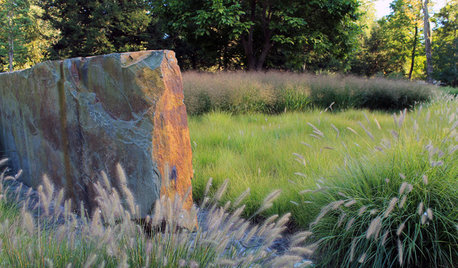
EARTH DAYThe Case for Losing the Traditional Lawn
Work less, help the environment and foster connections by just saying no to typical turf
Full Story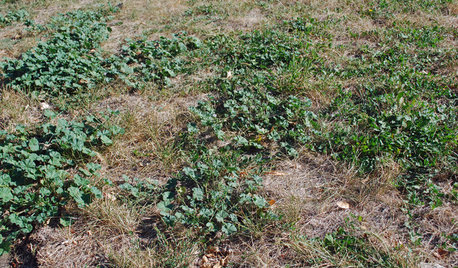
GARDENING GUIDESWeed War: When and How to Use Chemical Herbicides
Before you spray, arm yourself with knowledge about which weed killers — natural or synthetic — are right for your yard
Full Story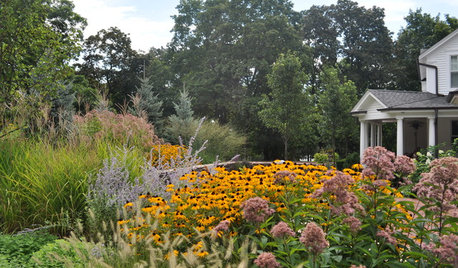
GARDENING GUIDESPacific Northwest Gardener: What to Do in September
Put in cool-weather veggies, fertilize your lawn and tidy the garden this month before chilly weather arrives
Full Story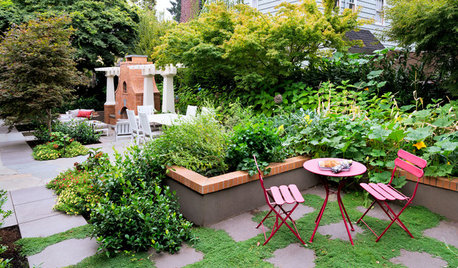
GARDENING GUIDESHow to Switch to an Organic Landscape Plan
Ditch the chemicals for a naturally beautiful lawn and garden, using living fertilizers and other nontoxic treatments
Full Story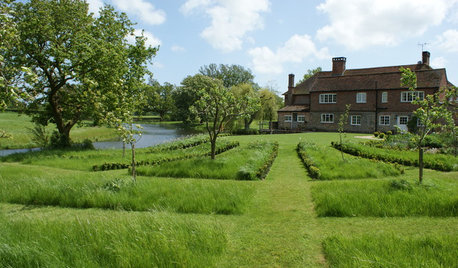
GRASSESHow to Rock a Lawn
Weekend Project: The key to healthy grass begins with the soil. If turf works for you, here’s how to fix it and keep it looking its best
Full Story
SELLING YOUR HOUSE15 Questions to Ask When Interviewing a Real Estate Agent
Here’s what you should find out before selecting an agent to sell your home
Full Story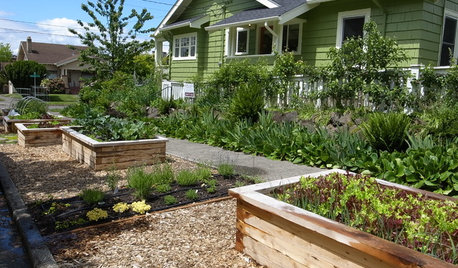
BEFORE AND AFTERSSee 6 Yards Transformed by Losing Their Lawns
Wondering whether a turf lawn is the best use of your outdoor space? These homeowners did, and they found creative alternatives
Full Story
HOUSEKEEPINGWhen You Need Real Housekeeping Help
Which is scarier, Lifetime's 'Devious Maids' show or that area behind the toilet? If the toilet wins, you'll need these tips
Full Story
HOUSEKEEPINGGot a Disastrously Messy Area? Try Triage
Get your priorities straight when it comes to housekeeping by applying an emergency response system
Full Story
LANDSCAPE DESIGNGet Along With Less Lawn — Ideas to Save Water and Effort
Ditch the mower and lower your water bill while creating a feast for the eyes with diverse plantings and gathering places
Full Story



Michael